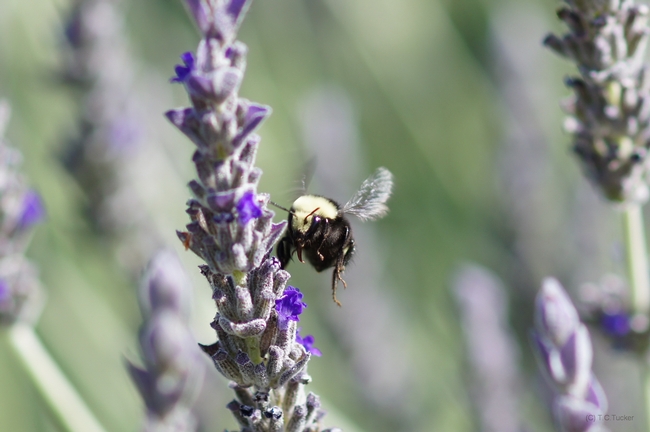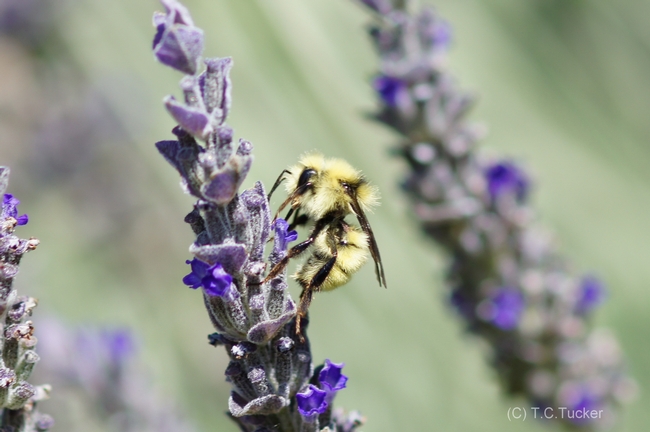Pollinators, they feed the world. They are bats, bees, beetles, birds, butterflies, flies, moths, and wind. Most go unnoticed, even when we are in our gardens. We are missing an amazing aspect of nature that is complex and wondrous. Understanding and appreciating what they do will hopefully move us to find ways to slow the decline of their dwindling populations.
Because of their size and colors, most of us recognize Bumble Bees. Family Apidae. Species Bombus.
Bumble Bees are proficient at buzz pollination (sonication). They have the ability to disconnect their wings from their flight muscles. They then vibrate these muscles at a frequency close to middle “C”. This causes a burst of pollen to be released from plants such as tomatoes. This is effective on Solanaceae members (Nightshade family). Bumble bees are widely used in commercial greenhouse tomato production. The bees are provided with sugar water so they do not need to go nectar harvesting. All of their pollen is in the greenhouse.
Wild bumble bees are eusocial and the majority nest underground. They vary from abandoned mouse and other rodent burrows, to upside down pots, under boards, and other man made cavities. All that is needed to encourage them to nest in your garden area is a one foot square bare spot and plants that they are attracted to.
A new queen will form a small colony in early spring. This colony will be active from February until November. The females build pottery like chambers for nectar and pollen to provision for brood. New queens hatch in the fall. They mate and go into a hibernation-like state to await spring. The old queen, workers, and the males all die off. They do not overwinter.

